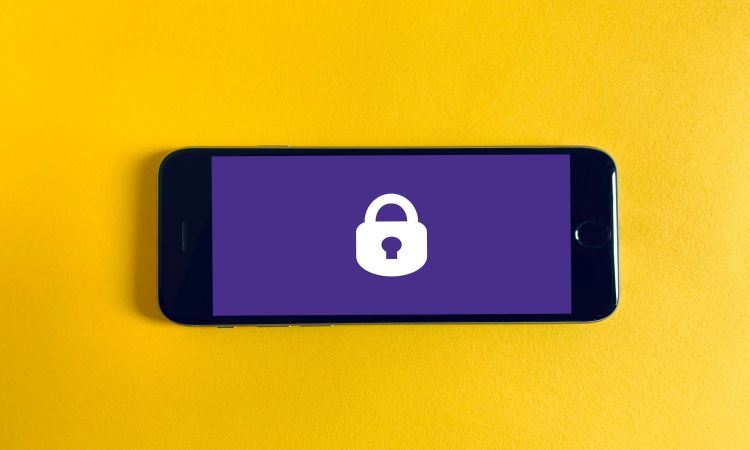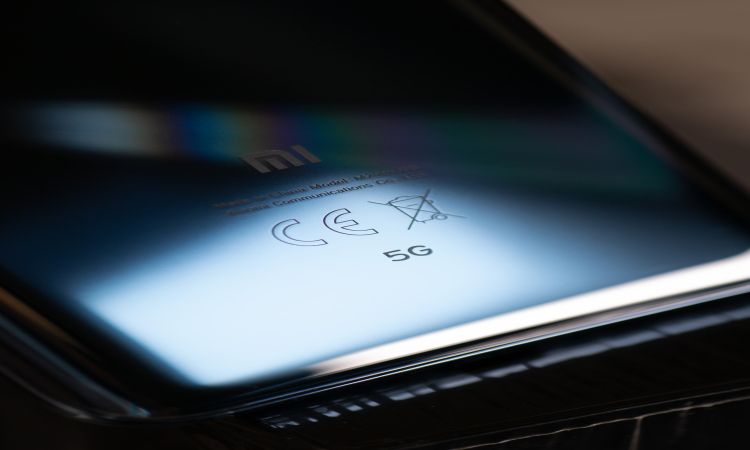The 5G network offers exciting potential, such as reduced latency and faster speeds. Those benefits should make advanced technologies more widespread. However, 5G isn't perfect: it has its fair share of security threats and ongoing network rollouts broaden the potential attack surface. Here are six 5G security vulnerabilities catching attention that will likely remain problematic.
1. People Can Still Use IMSI Catchers on the 5G Network
5G contains protections against International Mobile Subscriber Identity (IMSI) catchers. However, hackers can penetrate those. Law enforcement officials can use IMSI catchers to intercept phone calls and messages.
In 2021, Germany altered regulations surrounding the topic. According to Comms Risk, the updates force communication operators to cooperate when police use IMSI catchers for surveillance. That change remains concerning as Germany continues rolling out 5G networks.
Plus, the fact that IMSI catchers still function on the 5G network risks people’s privacy. Fortunately, security researchers presented findings showing that the 5G network offers some protection against IMSI catchers, but, as Light Reading notes, it all depends on effective implementation.
The researchers clarified how security features differ between non-standalone and standalone 5G networks. Those in the first category have 4G/LTE base stations and 5G radio antennas. Their work showed that non-standalone 5G networks remain vulnerable to passive surveillance. The security features preventing it are only options on standalone 5G networks.
2. 5G Security Features Are Still Operator-Dependent
The 5G network contains numerous non-mandatory security features. Usage occurs at the discretion of individual communications network providers. Based on the information in the previous section, standalone 5G networks don’t guarantee safeguards against surveillance.
The authors of a 2022 research paper recommend an approach called Control Risk Correctness (CRC) for more-effective threat mitigation. It assists mobile network operators with identifying sources of elevated risk, then targeting those areas with preventive measures.
The researchers hope their work could help telecommunication companies develop best practices that reduce threats. If that happens, overall attack rates should fall.
3. Threats Posed to 5G Infrastructure
Even as people learn about 5G advantages, some still have concerns. Misleading information about a link between COVID-19 and 5G networks only escalated that uneasiness.
Some individuals took drastic measures to slow 5G rollouts. The Guardian reports that in New South Wales, Australia, perpetrators deliberately set fire to a 5G tower and prevented people in the area from using their phones. That’s a strong reminder that 5G security threats go beyond the online realm.
Attackers love to create panic and wreak havoc. Interfering with communications towers is an effective way to do that. Such tampering creates a physical security risk by threatening essential infrastructure and potentially risking lives.
For example, Ertico Network reports a 5G ambulance trial showed how real-time patient data improved pre-hospital triage. However, medical facilities can’t reap those benefits if vandals compromise an area’s 5G equipment. Similarly, tampering with 5G infrastructure could negatively impact disaster recovery efforts after storms and earthquakes.
4. Possible Unauthorized Data Access
Cybersecurity experts, generally known as ethical hackers, are often the first to learn about and alert others to problems that could give hackers access to 5G-connected devices or networks. Many specifically look for weaknesses criminals could exploit, then notify the responsible parties. That way, fixes happen before catastrophes do.
In a 2022 case, researchers studied and presented evidence of 5G security threats related to Internet of Things (IoT) APIs that could allow adversaries to access an IoT device or its data. Some of the problems included weak access controls and poor authentication methods, indicating some areas of improvement. The identified vulnerabilities affected seven of the nine IoT platforms studied.
The examination showed hackers could access large streams of user data or directly infiltrate some devices. Moreover, compromised information could include billing information and details of the identities of SIM card purchasers. The internet threatens people’s privacy in numerous ways. The rise of the 5G network will only exacerbate that reality.
5. Communication Providers Struggle to Manage Threats
Another worrisome issue is that 5G operators deal with a surprising number of attacks. A November 2022 Nokia/GlobalData survey of communication service providers showed they had between one and six breaches of 5G networks within the past six months. That’s concerning, especially as Box reports that severe attacks such as ransomware are rising as a broader cybersecurity threat.
Those polled in the Nokia/GlobalData research also said their security team members spent excessive time on manual tasks, indicating significant automation potential. Moreover, they expressed little confidence in existing security tools.
The good news is that the 5G network could tighten security, especially if people use it with technologies such as artificial intelligence (AI).
In one example, a team from Incheon National University built a tool that uses AI and 5G to classify malware. Elsewhere, Microsoft is among many well-known companies investing in AI to improve how cybersecurity tools work.
6. Network Slicing Causes New Vulnerabilities
Some potential 5G disadvantages for security also emerge as people explore how to use the network. However, knowing about flaws is the first step to solving those weaknesses.
Network slicing offers more flexibility for 5G network usage. It creates dedicated, end-to-end segments on a single physical network. People use those slices for particular applications as those use cases demand.
However, it could also introduce security threats. Attackers could exploit a weakness in one network slice, then move laterally to another and increase the scope of their plans.
Hackers could search for 5G security vulnerabilities in low-level, rarely updated devices, such as consumer gaming systems. Cybercriminals could then perform horizontal attacks by looking for weaknesses in other network slices.
Awareness, Not Avoidance
Some 5G disadvantages occurred in laboratories as cybersecurity researchers looked for weaknesses. Cybercriminals will likely act differently during real-world exploits. They will target 5G-enabled products and networks as they become more readily available and begin orchestrating more attacks. Seeing how those events play out will shape best practices for 5G network safety.
However, ethical hackers and similar experts continually work to identify threats and fix vulnerabilities. That improvement-oriented focus minimizes issues, so you can largely use 5G without a major worry.



